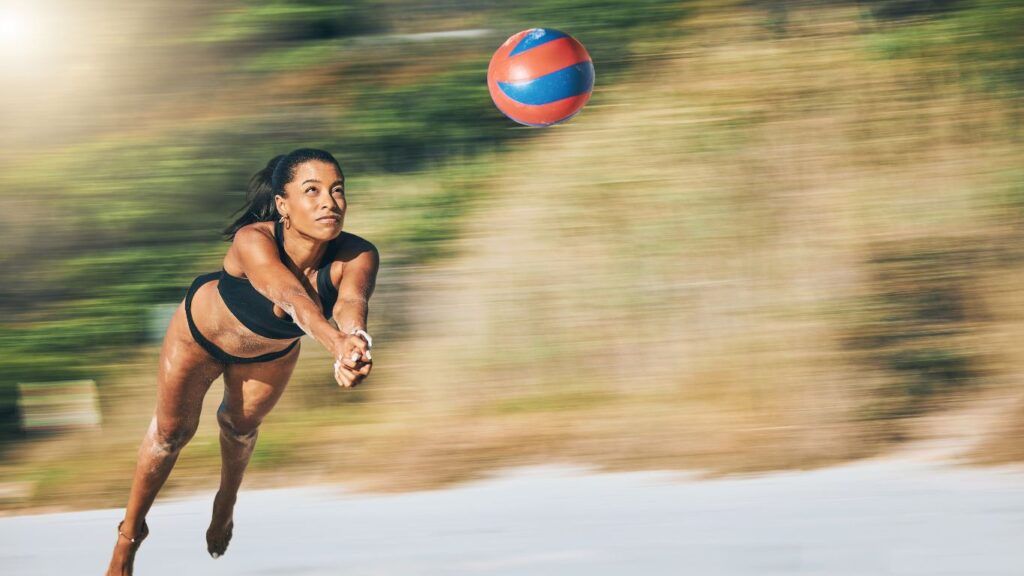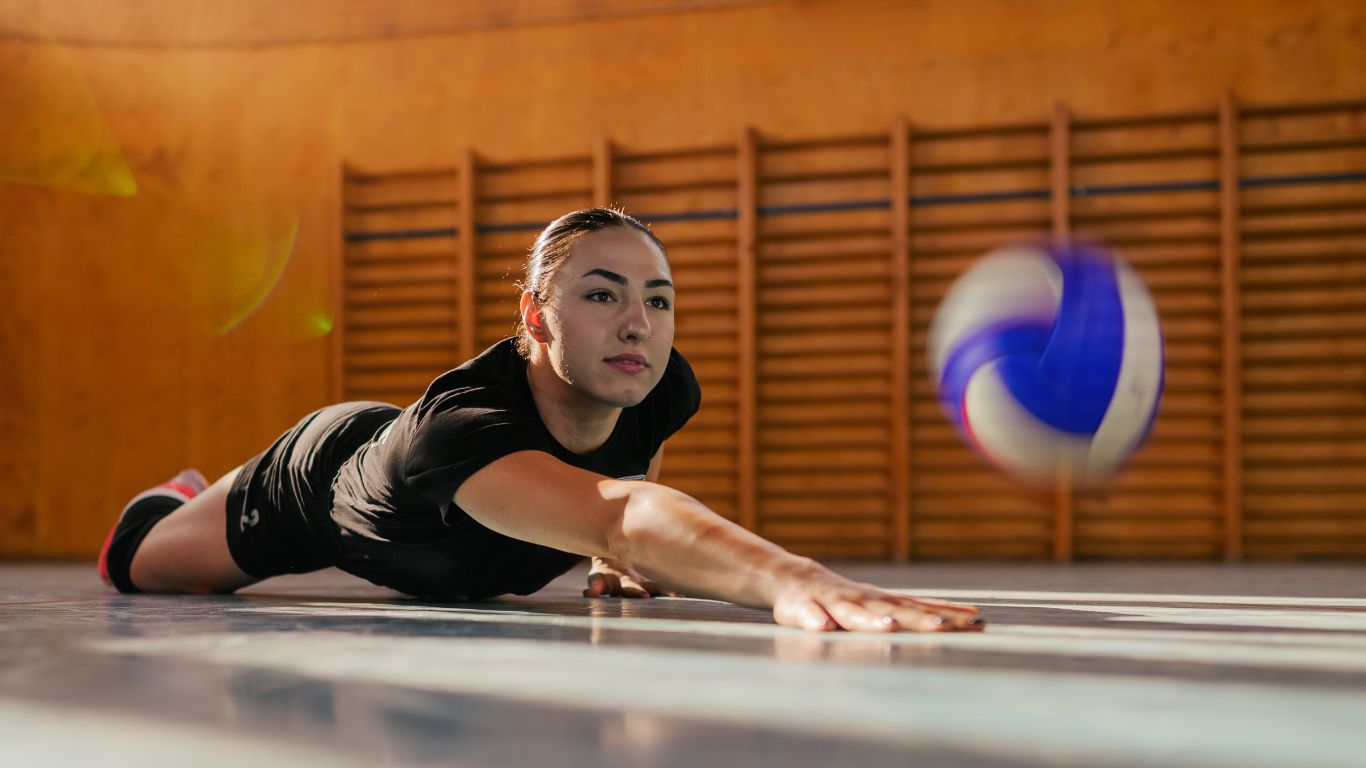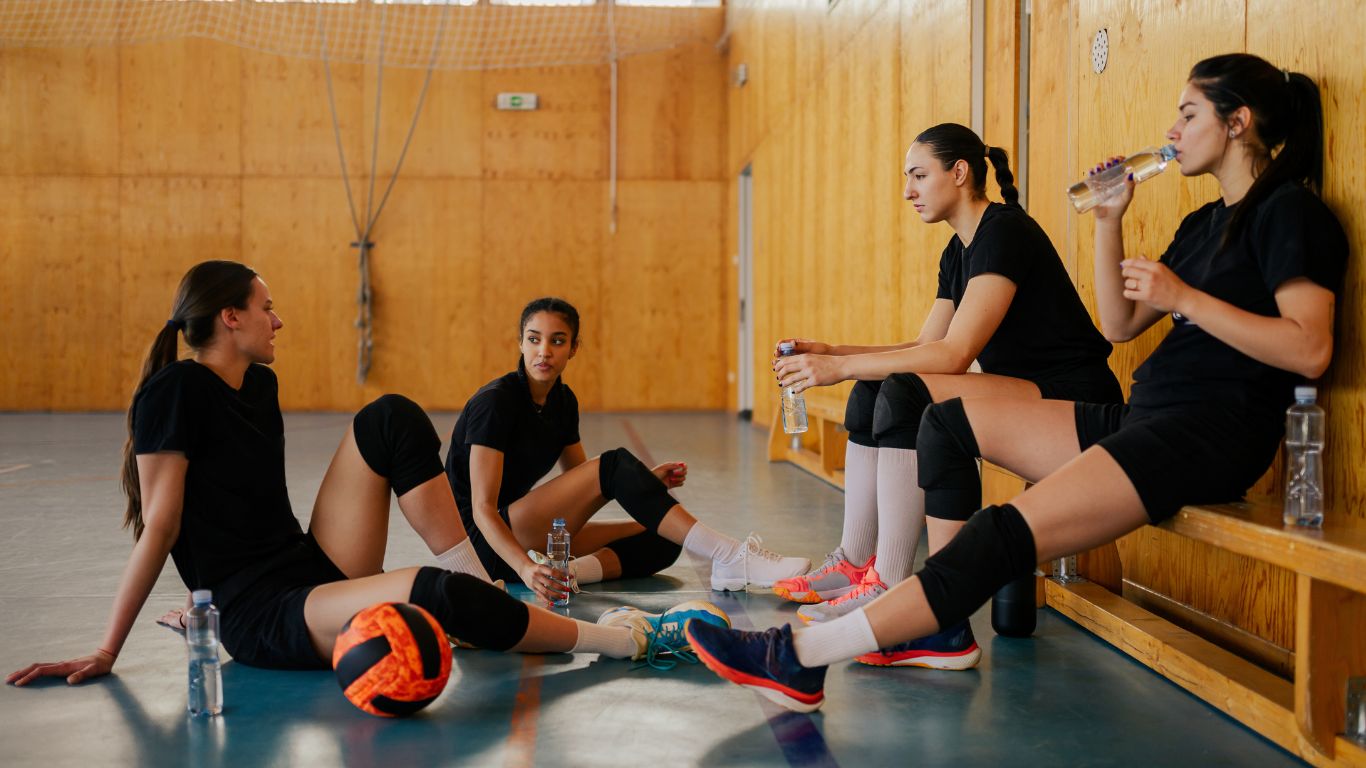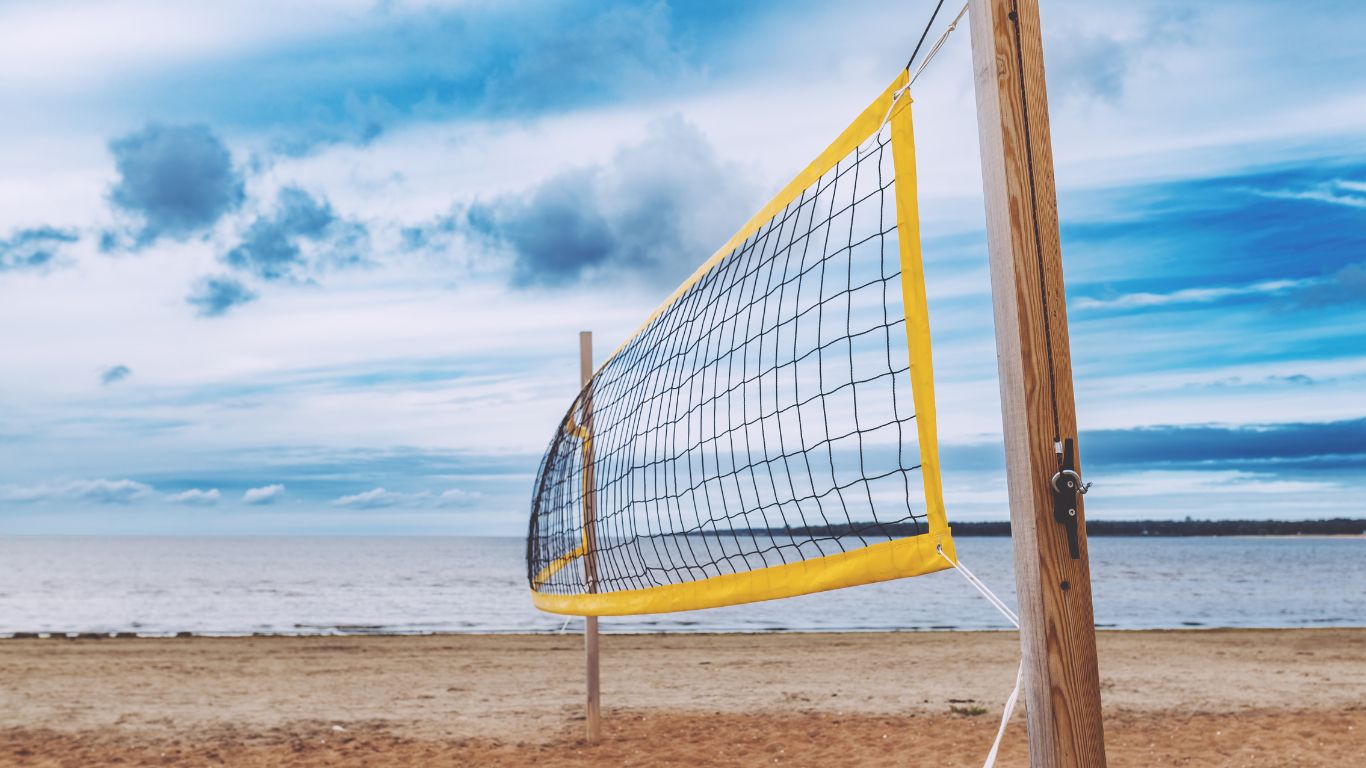Understanding the key positions in volleyball is critical for anyone interested in the game, whether you’re a beginner trying to learn the basics or a fan seeking to understand the strategy behind the sport. Each position on the volleyball court has a unique role that requires specific skills and contributes to the team’s overall performance. Here, we will cover four essential positions in volleyball: Setter, Libero, Middle Blocker, and Outside Hitter.

Setter
The setter is often considered the playmaker or the “quarterback” of the volleyball team. This position requires a player with outstanding ball-handling skills, quick decision-making ability, and excellent footwork. Setters are responsible for running the team’s offense by setting the ball for their hitters. They must have a keen sense of where their hitters are at all times and be able to deliver precise and consistent sets. A good setter has to read the opposing team’s defense and choose the best-attacking options in real-time, ultimately setting their teammates up for successful kills.
Libero
The libero is a defensive specialist, often the most agile and quickest player on the team. This player wears a contrasting jersey color from their teammates and is crucial for receiving the serve and playing defense. Liberos are not allowed to serve, strike the ball above net height, or rotate into the front-line positions during a game. They often take on the role of backcourt captain due to their extensive involvement in the defensive play, and they specialize in ‘digging’—saving the ball from hitting the court after an opponent’s attack.
Middle Blocker
Known for their height and jumping ability, middle blockers are central to a team’s defense at the net. Their primary responsibility is to block opposing hitters, especially during fast attacks. A middle blocker must have excellent timing and the ability to read the opposing setter to put up an effective block. Additionally, middle blockers are often tasked with quickly transitioning from defense to offense, being a crucial part of quick sets and hitting fast middle attacks on the offense.
Quick lateral movements and jumping ability
Quick lateral movements and jumping ability are crucial attributes that volleyball players must develop to enhance their performance on the court. Agility drills that focus on lateral speed improve a player’s ability to quickly change direction, which is essential for effective blocking, digging, and transitioning from defense to offense. Similarly, exercises that enhance vertical leap are vital for players in all positions, notably for middle blockers and outside hitters who rely on their jumping prowess to dominate the net. These skills, when honed, significantly elevate a team’s defensive and offensive game, allowing players to engage more successfully in rallies, execute blocks against spikes, and perform powerful jump serves and spikes. Training routines emphasizing plyometrics, ladder drills, and strength training can substantially boost these athletic skills, contributing to a player’s all-around development.
Outside Hitter
Also referred to as left-side hitters, outside hitters are usually the primary attackers on the team. They need to possess a powerful and versatile hitting ability since they often get to set the ball in various situations, including out-of-system plays. Outside hitters should have strong passing skills as well, as they commonly receive serves and play defense in the backcourt. The outside hitter’s ability to score consistently and deal with imperfect sets can often determine the success of a team’s offense.
Each position plays a special role within the team and requires different physical and mental attributes. Teams must work seamlessly together, with each player understanding their roles and responsibilities on the court, to succeed.
Robust spiking and attacking skills
Developing robust spiking and attacking skills is essential for a volleyball player, especially for outside hitters and middle blockers. These skills not only bolster the team’s offensive capabilities but also instill fear in the opposing defense. A spike involves hitting the ball down into the opponent’s court with force and speed, making it difficult for them to defend. To excel in spiking, players need to have solid and well-timed jumps, precise arm swing mechanics, and the ability to anticipate blocks. Practicing different types of spikes, such as line shots, cross-court hits, and tips, enables players to become unpredictable and more effective on the offense. Additionally, mastering the art of disguising their attacks can give players a strategic advantage over their opponents, making their spikes even more lethal.
FAQs
Q1: Can a player cover multiple positions in a game?
A1: Yes, players can cover multiple positions during a game, especially in less formal settings or due to team strategy adjustments, but they usually specialize in one primary role that matches their skills and the team’s needs.
Q2: How does one become a good libero?
A2: Becoming a good libero requires developing exceptional reflexes, agility, and ball-control skills. A focus on defensive drills, understanding opponent tendencies, and honing communication skills with teammates are also crucial.
Q3: What’s the most challenging aspect of being a setter?
A3: Setters must have a comprehensive understanding of the game, including strategic set placement, anticipating opponents’ moves, and maintaining a high level of communication with their team. The mental aspect, including quick decision-making under pressure, is often the most challenging part.
Q4: Do middle blockers only play at the net?
A4: While a middle blocker’s primary role is at the net, they also contribute to the offense with quick attacks and may play in the back row, depending on the team’s rotation and defensive strategies.
Conclusion
Understanding the roles and responsibilities of each volleyball position is crucial for both players and fans to appreciate the intricacies and strategic depth of the game. Each position, from the setter’s pivotal playmaking to the libero’s defensive prowess, the middle blockers’ intimidating presence at the net, and the outside hitters’ versatile attacking capabilities, contributes significantly to the dynamic and exciting nature of volleyball. As teams coordinate their strategies and players hone their specialized skills, it’s the synergy among these positions that ultimately leads to success on the court. Whether you’re an aspiring player or an enthusiastic supporter, recognizing the critical importance of each position will enhance your engagement with and enjoyment of the sport.









